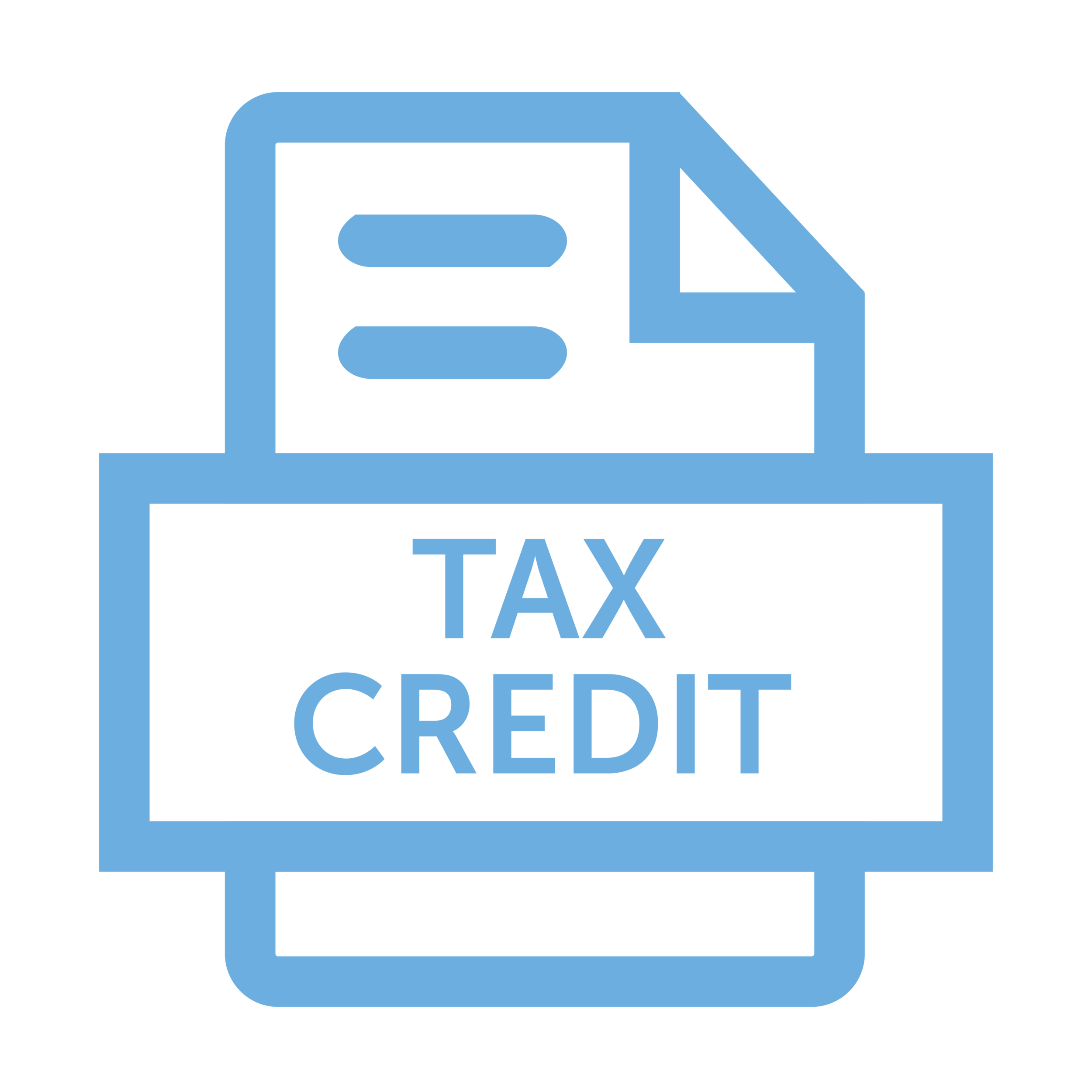
State-Level Poverty Impacts of the Child Tax Credit in 2021
This fact sheet provides estimates of the impacts of the 2021 Child Tax Credit on child poverty in each state.

The Increased Antipoverty Effects of the Expanded Childless Earned Income Tax Credit in 2021
This fact sheet examines the impacts of the 2021 American Rescue Plan expansion of the childless portion of the Earned Income Tax Credit on poverty rates. For all childless adults, but especially for young adults, the temporary expansion of the childless Earned Income Tax Credit enhanced its antipoverty effects.

Understanding the Potential Reach of the Affordable Connectivity Program
This fact sheet provides an overview of the population eligible for the Affordable Connectivity Program. Across the country, an estimated 48.6 million households are eligible for the program, including 10.3 million households without high-speed internet and 11.3 million households without any internet or broadband.

Expanded Child Tax Credit Leads to Further Decline in Child Poverty Rates in August 2021
According to our latest projections, the child poverty rate declined from 11.9 percent in July 2021 (the month featuring the first CTC payment) to 11.5 percent in August 2021. Without the CTC, the monthly child poverty rate in August 2021 would have been 16.2 percent.

The Anti-Poverty Impacts of Expanding Section 8 Housing Choice Vouchers
This fact sheet presents estimates of the anti-poverty impacts that expanding the Section 8 Housing Choice Voucher Program could have if the program were transformed so that all households eligible for a voucher would receive one. The Section 8 voucher program is the nation’s largest form of rental assistance, but only about a quarter of households that are eligible for the vouchers receive the benefit.

State Fact Sheets: Policy Options to Address Youth and Young Adult Poverty
We explore the anti-poverty effects of federal policy options in the areas of basic needs, family tax, and economic opportunity for youth and young adults. We break out state-level results across three age groups: ages 14 to 17, ages 18 to 24, and the whole youth and young adult population (ages 14 to 24), as well as by racial and ethnic groups.

The Potential Poverty Reduction Effect of the American Families Plan
We find the proposed American Families Plan–which continues a set of pandemic-era supports, with additional anti-poverty policies–could reduce the national poverty rate in 2022 by nearly one-quarter and child poverty by nearly half.

The Potential Poverty Reduction Effect of the American Rescue Plan
We find that an economic relief package with an expanded Child Tax Credit, nutrition assistance, unemployment benefits, stimulus checks, and more could cut child poverty by more than half in 2021.

U.S. Monthly Poverty Rate Declines to 13.2% in January 2021
Using our monthly poverty framework, we find that the December 2020 COVID-19 economic relief package—continuing enhanced unemployment benefits, stimulus checks, and increased SNAP benefits—kept 13 million individuals from poverty in January 2021.

A Poverty Reduction Analysis of the American Family Act
This supplemental fact sheet provides an analysis of poverty reduction under the American Family Act by children's age, children's race and ethnicity, children's family characteristics, as well as state-level estimates.

Monthly Poverty to Spike After Expiration of the CARES Act Unemployment Benefits
Using our monthly poverty framework, we find that a failure to extend two unemployment provisions of the CARES Act in December 2020 could see the number of individuals in poverty in January 2021 increase by 4.8 million.

What do we know so far about U.S poverty rates in 2020?
This fact sheet reviews the annual US Census Bureau release of poverty data. While national poverty rates fell from 2018 to 2019, we identify three key aspects of what poverty is likely to look like in 2020.
